Singapore
CITIC opens Singapore Branch
CITIC opens Singapore Branch
CITIC Bank marks a major milestone in implementing regional expansion strategy with the opeing of its Singapore branch.
StanChart set to acquire GE Money Singapore
The move is part of the GE’s plan to sell its noncore assets following the financial crisis.
Randy Guy gets head job
Financial services firm Omgeo has appointed Randy Guy as new global head of technology.
Social media – an opportunity for transaction banks
The current interest rate environment in many parts of Asia has been forcing the transaction banks to explore way to accelerate growth of their fee based income.
Businesses in the Asia-Pacific Region are recovering from the shocks to the Global Economy
The latest ICAEW Global Enterprise Survey suggests businesses in the Asia-Pacific region are recovering from the shocks to the global economy.
DBS to acquire RBS China units
Move part of the lender’s plan to expand into China, South-East Asia and India.
The world after the G20 Summit in Seoul
Progress on financial reforms was made in Seoul but diverging national approaches are in evidence.
Nikko Asset Management acquires DBS Asset for $105mln
The Japanese trust company taps Asia's millionaires as DBS will take 7.25% stake in Nikko Asset.
South East Asian Economies Must Scale Up for Growth
The South East Asian countries are on a journey from agriculture and industry to value-added services. To reach their destination, they are looking to increase both inward and outward investment. That, in turn, requires a significant increase in finance professionals.
Life insurance sales more attractive to job seekers
According to recruiting experts Hays, a career in life insurance sales is now considered more attractive to job seekers, but employer inflexibility is holding businesses back from securing talented and eager candidates. Chris Mead, General Manager of Hays in Singapore, has this update.
StanChart to appoint 1,800 for its trading operations
The lender plans to expand in underwriting securities denominated in the Chinese currency and boost trading on behalf of clients in equities.
Maybank holds simultaneous global CSR day project
Through the Group employee volunteerism programme, thousands of Maybank employees joined together for the first time in a global CSR initiative.
Technology offers banks a path towards global competitiveness
Asia-Pacific a green field for banking technology adoption.
StanChart to increase Southeast Asia workforce by 20%
The lender will add 4,000 employees as it taps region’s emerging countries.
A healthy but tight jobs market
The October-December Hays Quarterly Report confirms that our jobs market is very healthy, but very tight, with a growing list of skills now in short supply in the banking and finance sectors.
Basel Committee announces higher capital ratios
Banking observers had previously suggested that the full Basel III package of capital and liquidity reforms proposed could reduce returns on equity in the sector by up to a third.
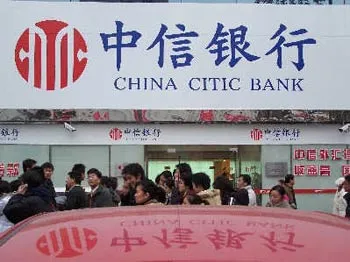




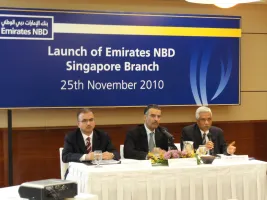



 Advertise
Advertise

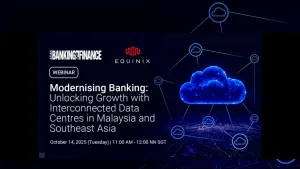
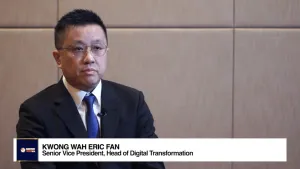
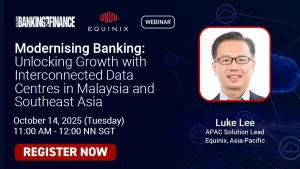
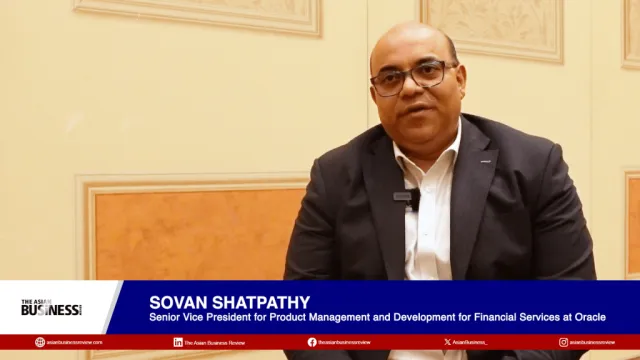
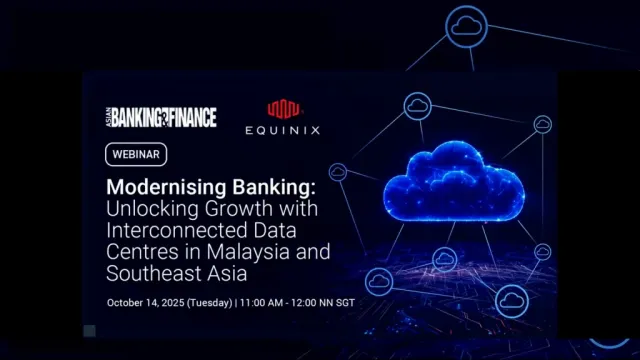

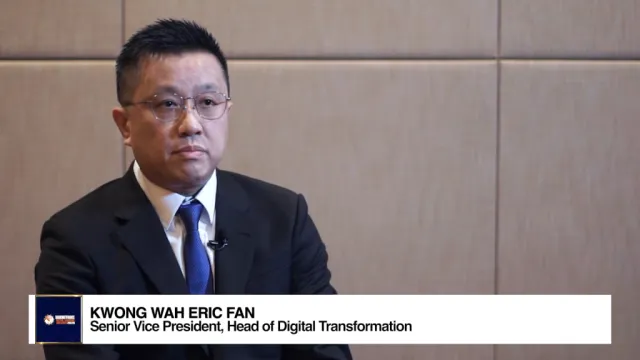








Commentary
Rethinking cybersecurity: How APAC banks can safeguard against AI-powered threats
Why Singapore’s fast payments need faster protections